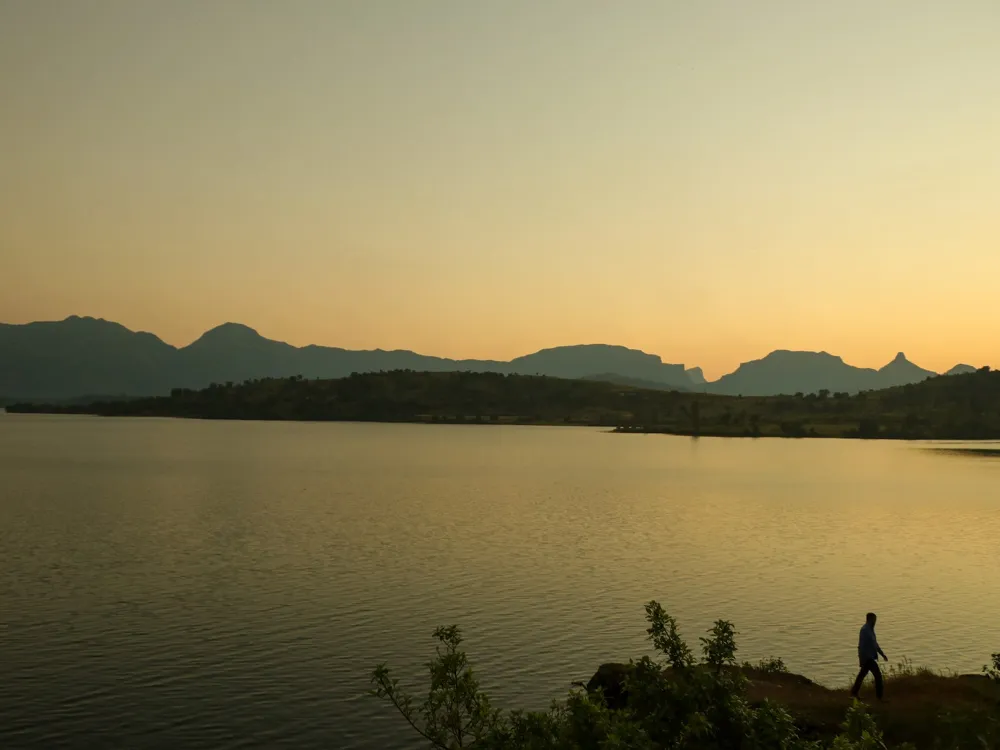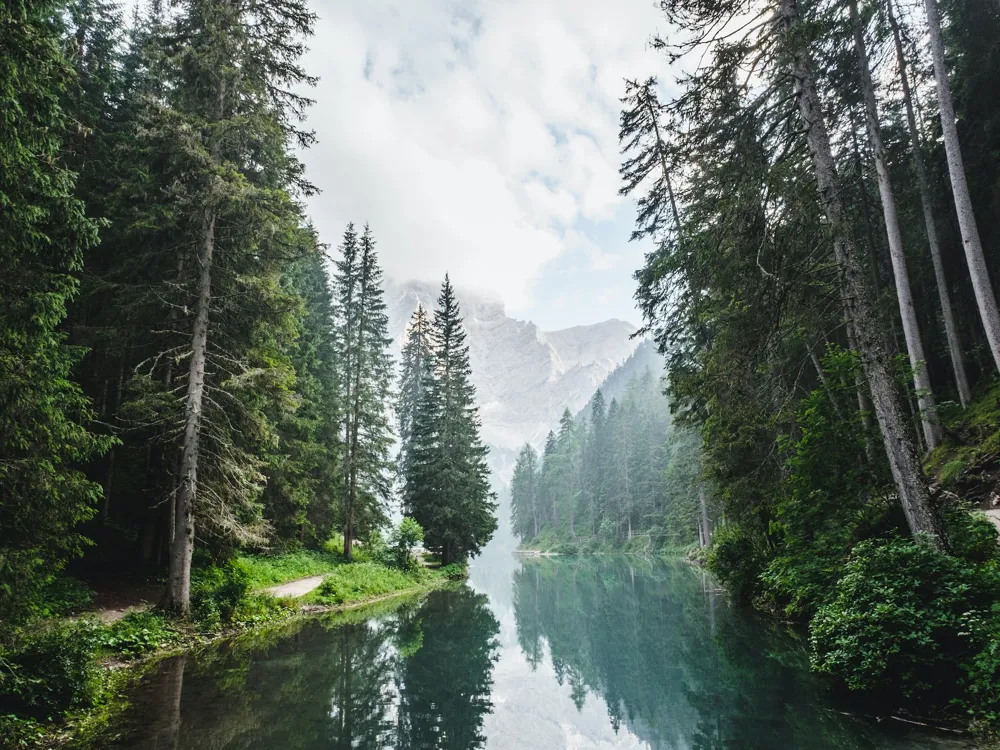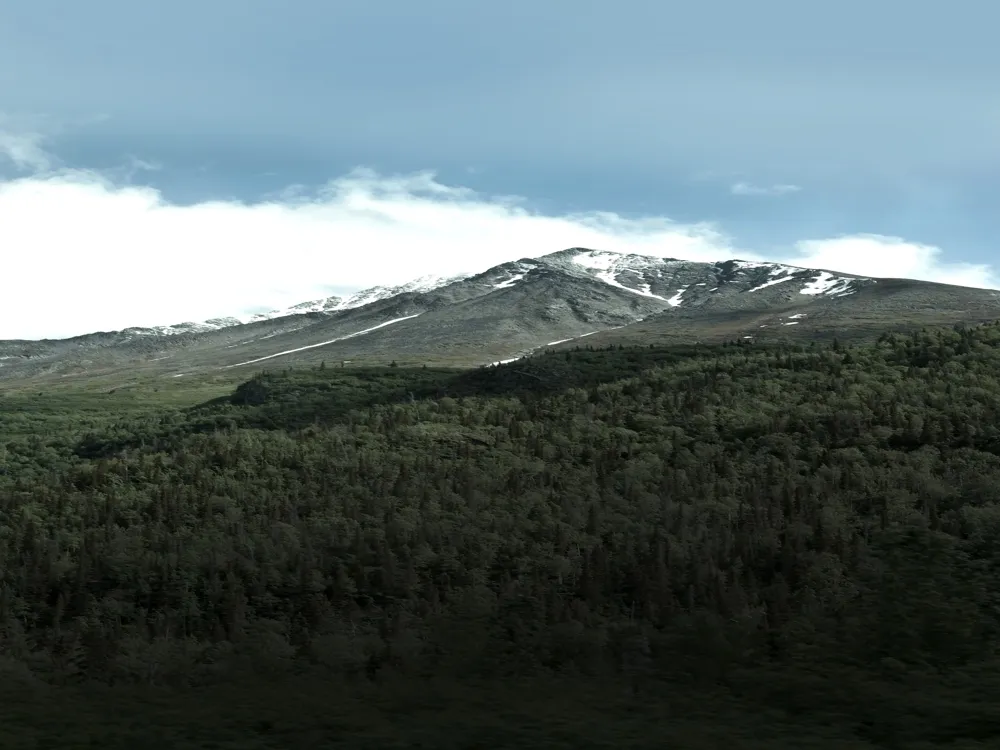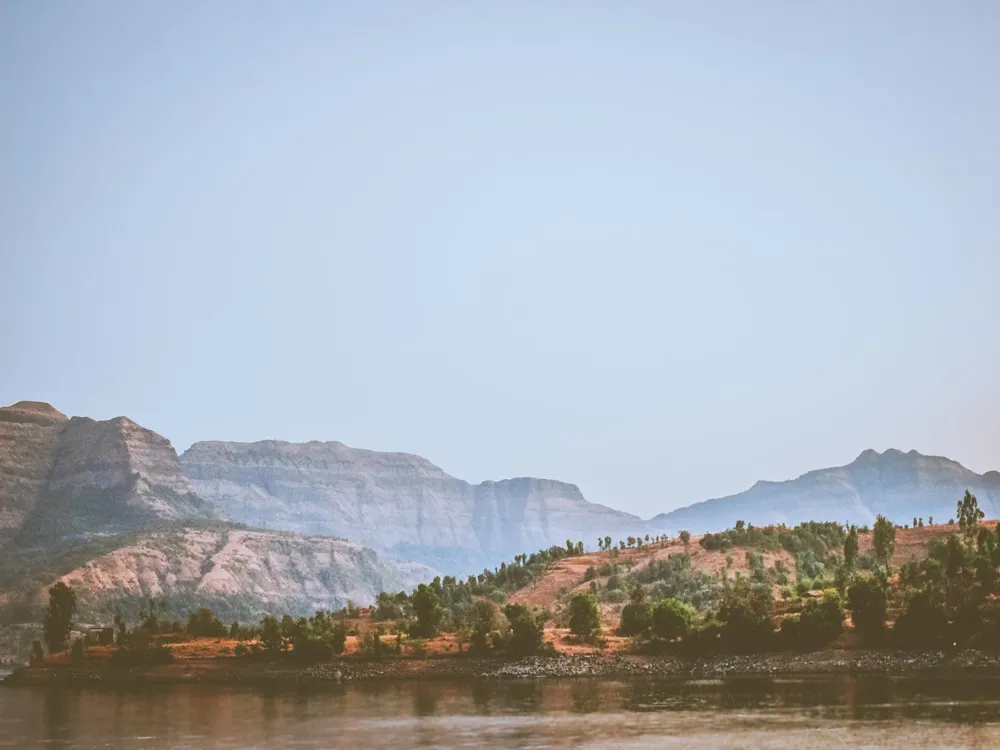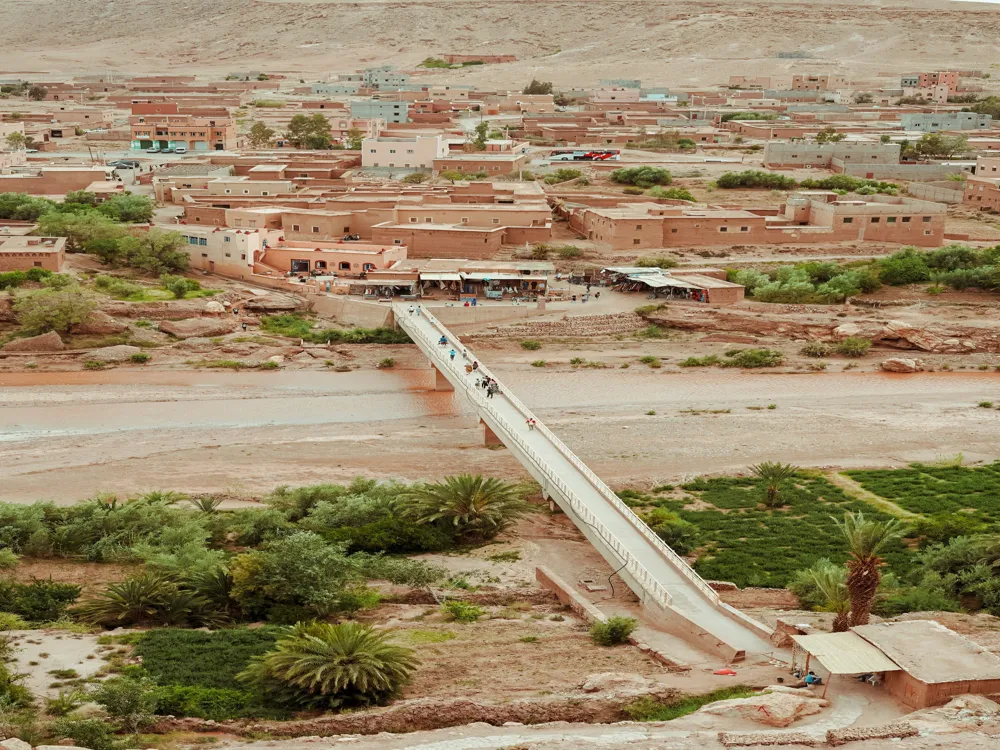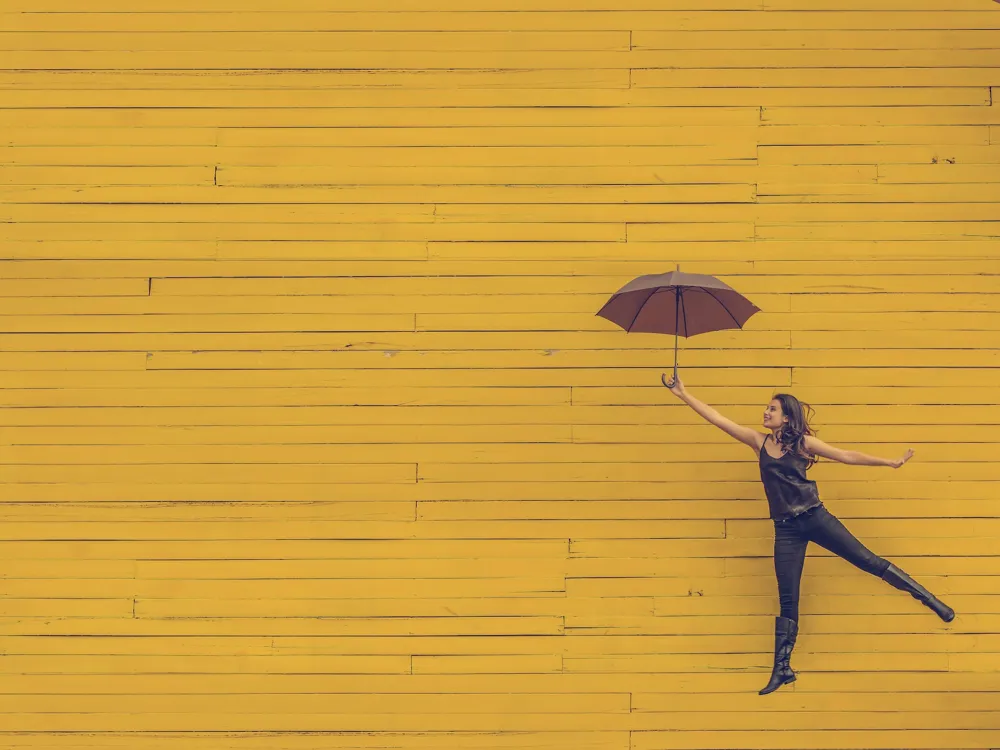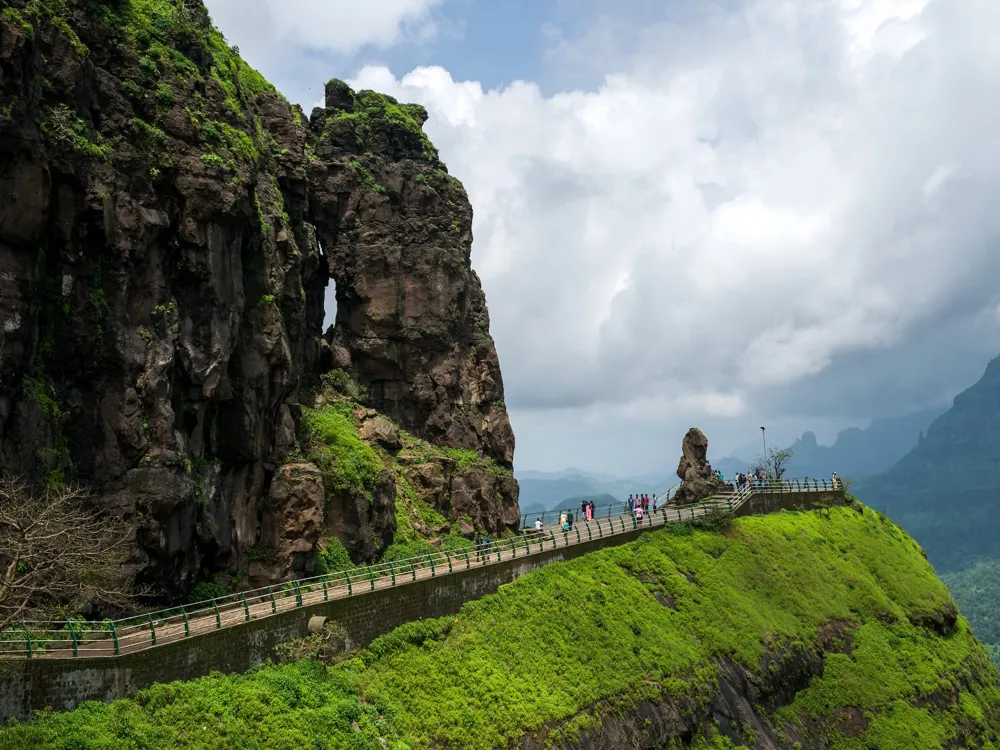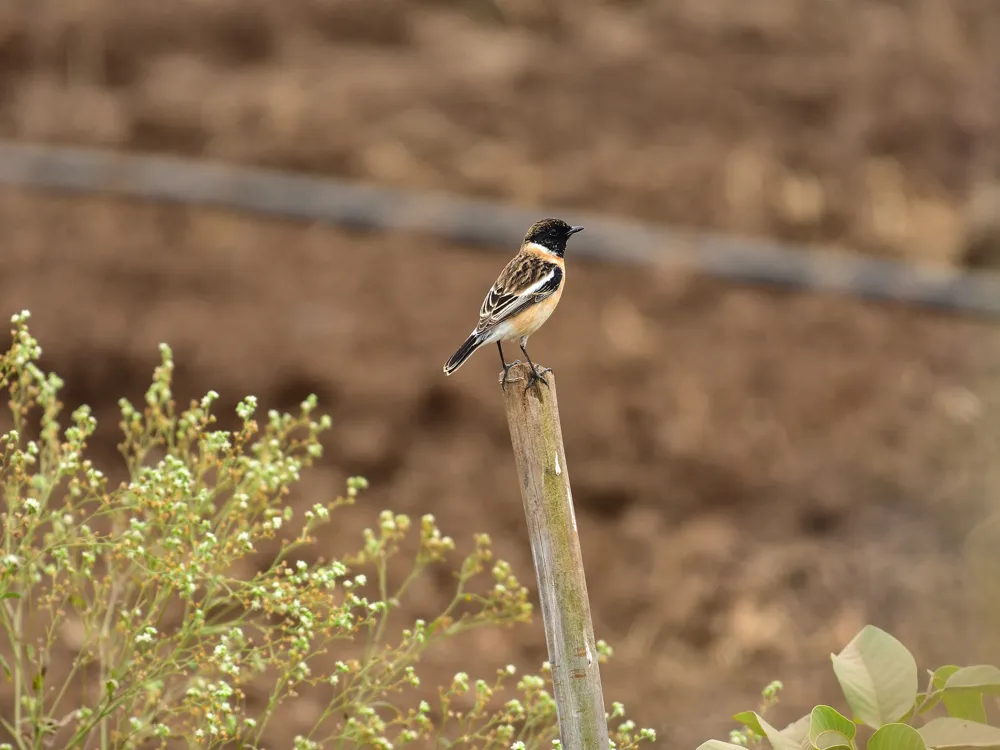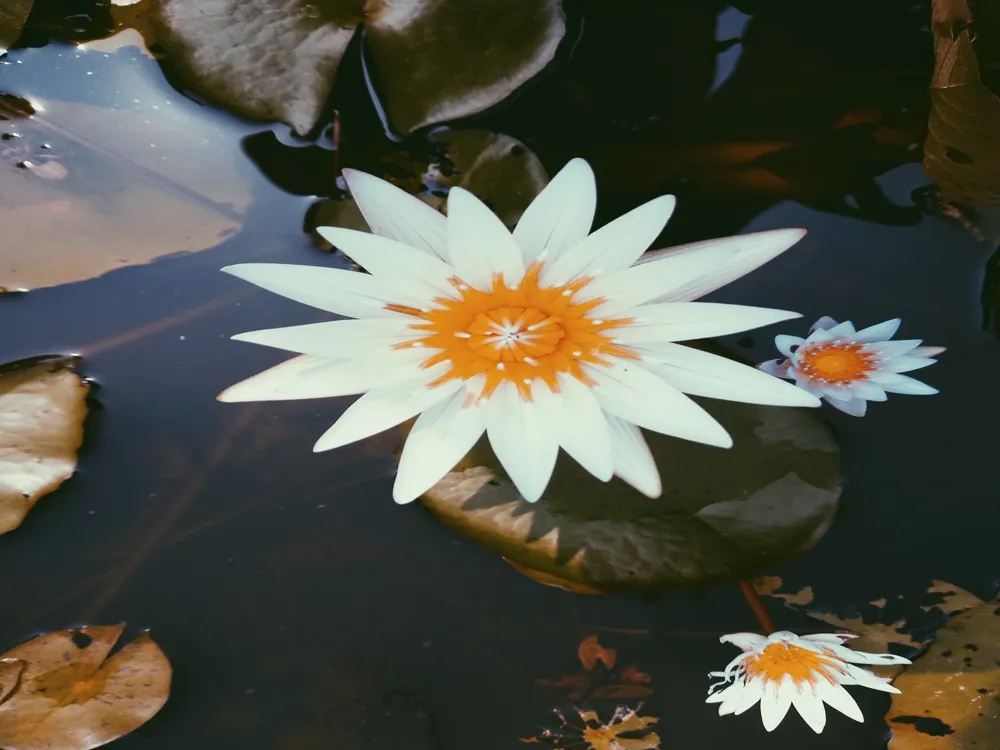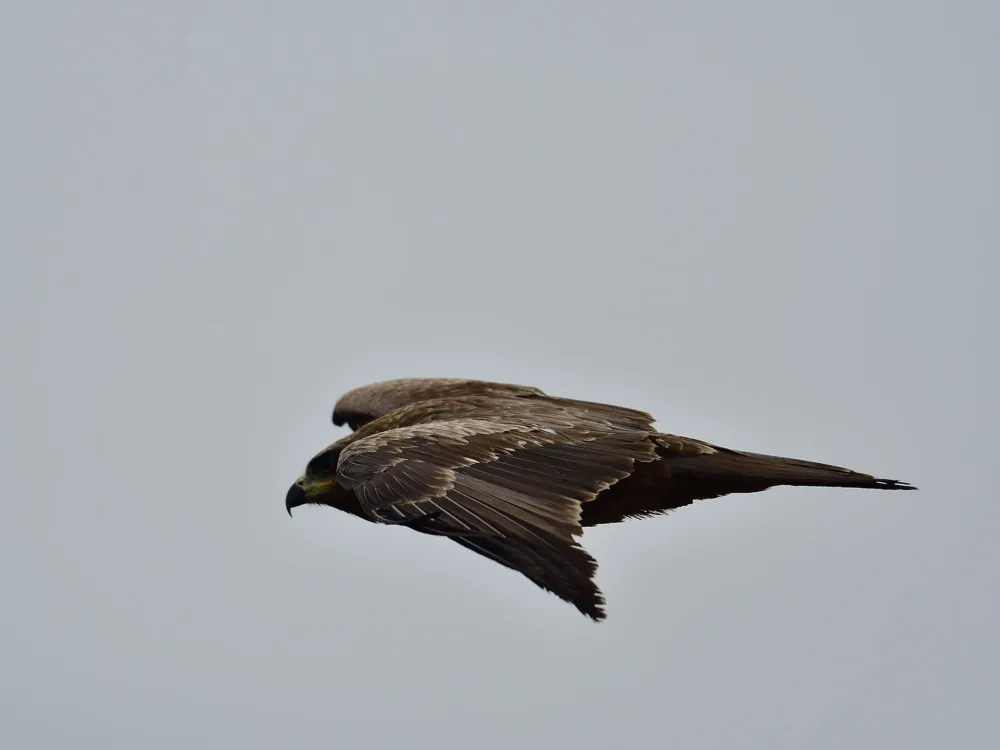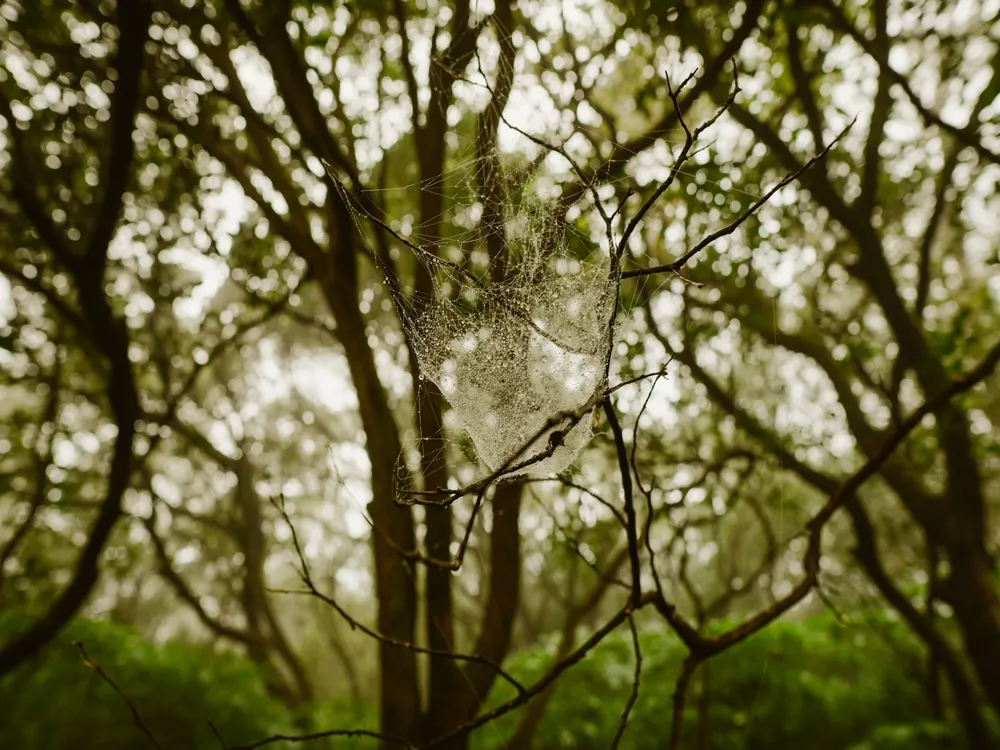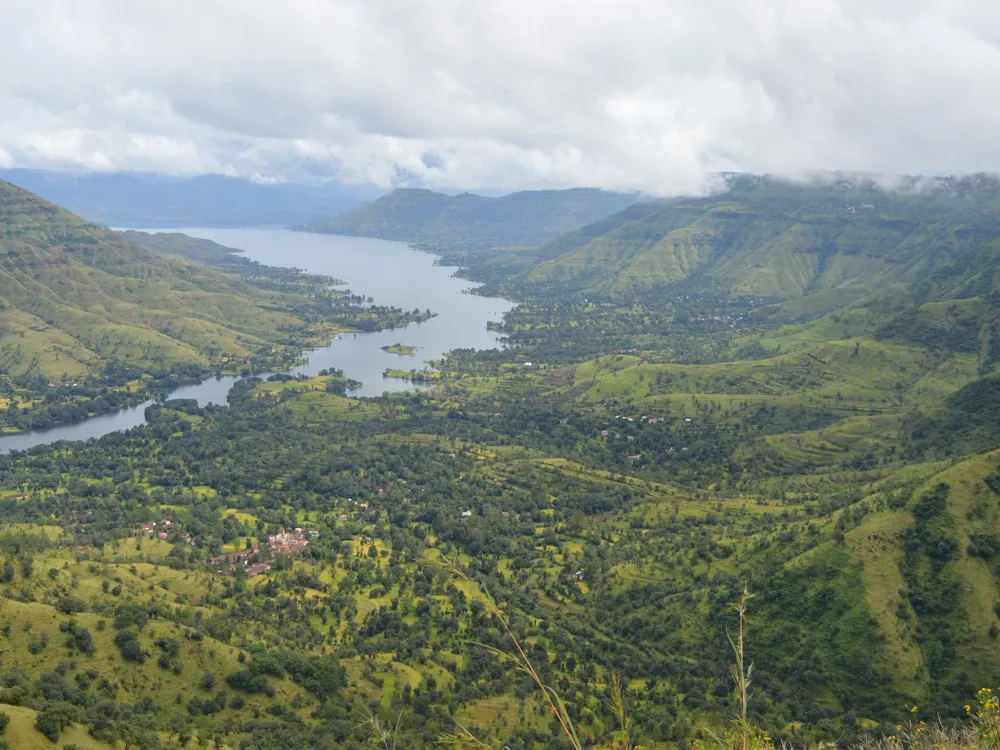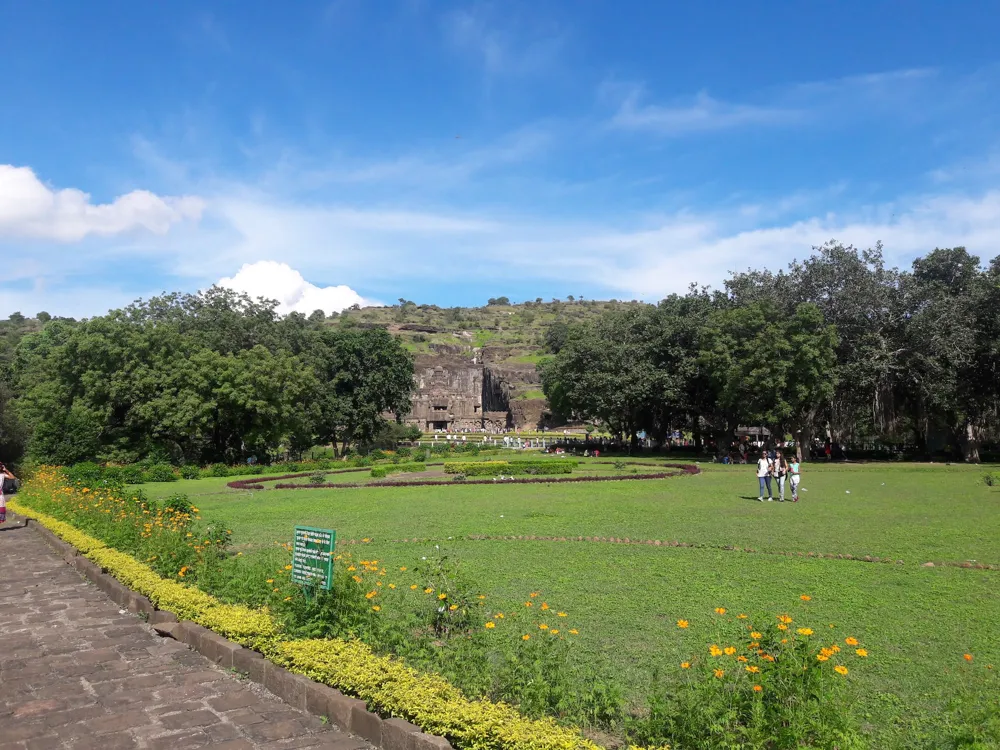Kalsubai Peak, renowned as the 'Everest of Maharashtra', is the highest point in Maharashtra, India. Nestled in the Sahyadri mountain range, it stands at an impressive height of 1,646 meters (5,400 feet). This majestic peak is part of the Kalsubai Harishchandragad Wildlife Sanctuary and offers breathtaking views of the surrounding landscapes, including Arthur Lake and the Ratangad, Alang, Madan, and Kulang forts. The peak draws its name from a local legend about a girl named Kalsu, who is said to have escaped from her home to avoid forced labor and found refuge on this mountain. Over the years, Kalsubai has become a symbol of endurance and freedom, attracting trekkers and nature enthusiasts from all over. The trek to Kalsubai is a blend of easy to moderately difficult paths, with well-marked trails and iron ladders at tricky patches, making it accessible to beginners as well as experienced trekkers. The monsoon season, with its lush greenery and cascading waterfalls, is particularly mesmerizing, making Kalsubai a must-visit destination for those seeking adventure and natural beauty. The architecture of Kalsubai Peak is not characterized by man-made structures but rather by its natural geological formation. The peak is a part of the Deccan Plateau and is formed of igneous rocks which are typical of the Sahyadri range. The rugged terrain and steep slopes are a result of millions of years of erosion and weathering. At the summit of Kalsubai, there is a small temple dedicated to Kalsubai Devi. This temple is an epitome of simplicity, reflecting the local architecture of rural Maharashtra. It is often enveloped in mist and offers a serene and spiritual atmosphere. The temple becomes the center of festivities during the Kalsubai Navratri period when thousands of devotees trek to the summit to offer prayers. The mountain itself is an architectural marvel of nature, with its diverse flora and fauna, and the way it dominates the surrounding landscape. The trek path is interspersed with natural trails, rocky terrain, and iron ladders, all harmoniously blending with the environment, offering a unique trekking experience that is both challenging and rewarding. The ideal time to trek Kalsubai Peak is from October to February, when the weather is pleasant. Monsoons, from June to September, offer lush greenery and waterfalls but require caution due to slippery paths. Carry lightweight and comfortable clothing, sturdy trekking shoes, a water bottle, snacks, a first aid kit, and a flashlight. It's advisable to carry rain gear during the monsoon. Always stay on the marked trails and follow the instructions of the trek guides. It's important to maintain the cleanliness of the area and respect the local culture and environment. Local guides are available for hire at the base village, Bari. They are experienced and provide valuable insights into the trek and the region's history. Kalsubai Peak is well-connected by road and rail. The nearest railway station is Igatpuri, about 40 km from the base village, Bari. From Igatpuri, one can take a taxi or a local bus to Bari. For those driving, Bari village is accessible via well-maintained roads from Mumbai and Pune. The trek starts from Bari, and it takes approximately 3-4 hours to reach the summit of Kalsubai. READ MORE:Overview of Kalsubai Peak in Bhandardara, Maharashtra
Architecture of Kalsubai Peak
Tips When Visiting Kalsubai Peak
Best Time to Visit
Trekking Essentials
Safety and Guidelines
Local Guides and Porters
How To Reach Kalsubai Peak
Kalsubai Peak
Bhandardara
Maharashtra Goa
NaN onwards
View bhandardara Packages
Weather :
Label : Must Visit
Tags : Hills & Valleys
Entry Fee : Free
Planning a Trip? Ask Your Question
Bhandardara Travel Packages
View All Packages For Bhandardara
Top Hotel Collections for Bhandardara

Private Pool

Luxury Hotels

5-Star Hotels

Pet Friendly
Top Hotels Near Bhandardara
Other Top Ranking Places In Bhandardara
View All Places To Visit In bhandardara
View bhandardara Packages
Weather :
Label : Must Visit
Tags : Hills & Valleys
Entry Fee : Free
Planning a Trip? Ask Your Question
Bhandardara Travel Packages
View All Packages For Bhandardara
Top Hotel Collections for Bhandardara

Private Pool

Luxury Hotels

5-Star Hotels

Pet Friendly







